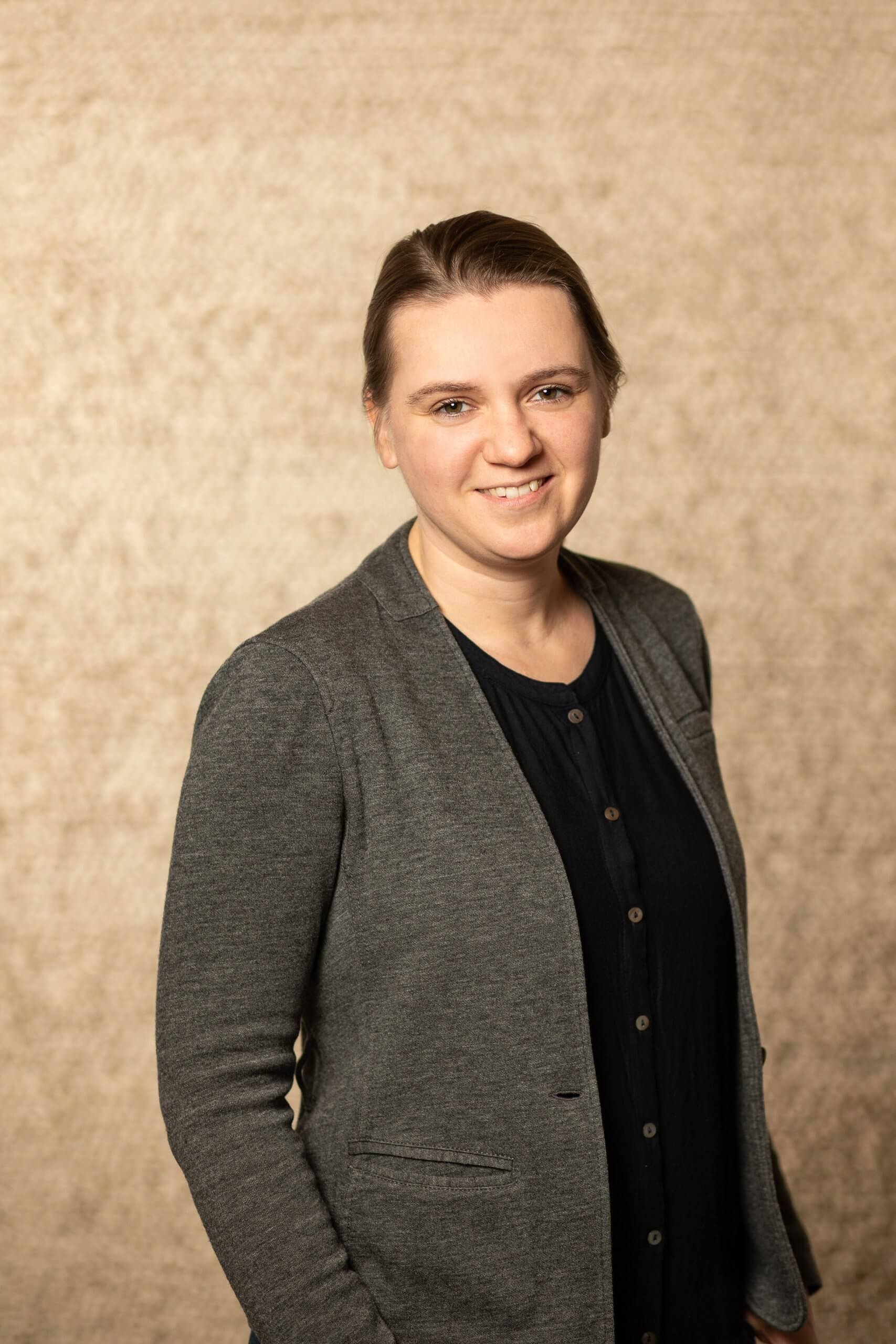
Let´s use what we have
Ensuring supply security of key raw materials is at the heart of our circular economy activities. This is why we aim to decrease the need for primary raw materials by substituting a significant amount with secondary and recycled resources. We are continuously researching alternative raw materials and how to efficiently recycle by-products. In our melt shops, 81% of our input material already stem from recycled resources. We pursue the ambitious goal to increase that share to achieve a recycling rate of over 90% by 2030. Moreover, we aim to reduce waste in general or reuse it with added value.

our fields of action
The most important raw material and a valuable asset for our melt shops is metal scrap. Therefore, establishing closed material loops internally and with customers is essential to ensure a sustainable supply security with this key material, reduce our usage of primary raw materials and improve our carbon footprint. Considering this, we have set ourselves the ambitious target of achieving a share of more than 90% scrap and secondary raw materials in production by 2030 – starting with a recycling rate of 81% in 2019.
> Our goal: Achieving a recycling rate over 90% secondary material in production by 2030 (starting point: 81% 2019).
Alternative Raw Material Sources
Besides ferrous scrap, alloy elements like Nickel, Cobalt, Manganese and others are essential ingredients of our products. However, global trends affect the criticality of those raw materials. Hence, we aim to get access via alternative and secondary processing routes, for example through the recycling of batteries or sludges and dusts. We want to be able to substitute a significant amount of our primary raw materials with secondary sources from recycling.
By-products from the production of high performance metals (e.g. scale, dust, ….) contain valuable alloy elements. In order to access these resources efficiently, we work ambitiously on new and optimized processes to recover those elements and reuse the by-products in a sustainable way.
We are constantly exploring and implementing possibilities to minimize our wastes and production residues and reuse them with added value. The collaboration across boundaries of industrial segments is the key to utilize unavoidable leftovers in other industries. Connected to this, we want to get close to the target of zero-waste.
Find out more about our other inSPire focus topics:

Josephine Müller
Lead of Circular Economy
T: +43 50304 10 22561


